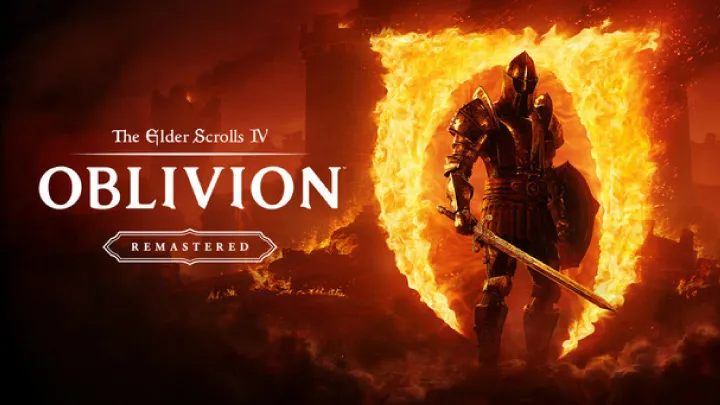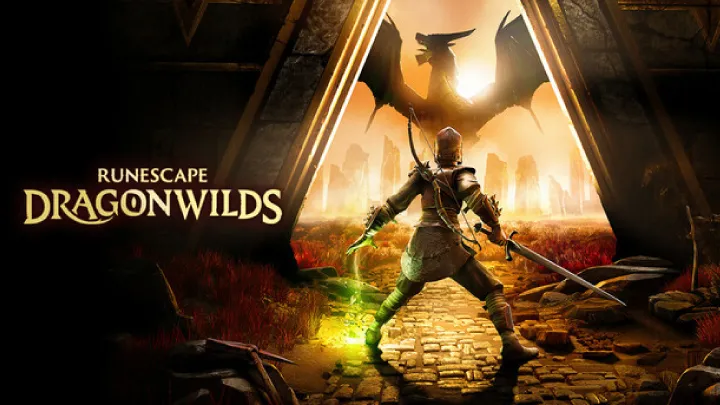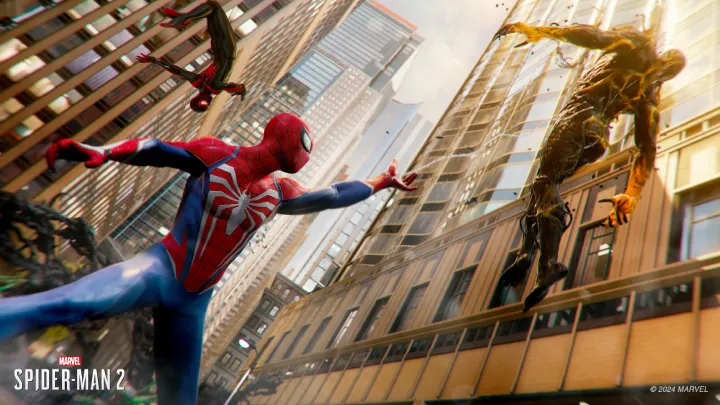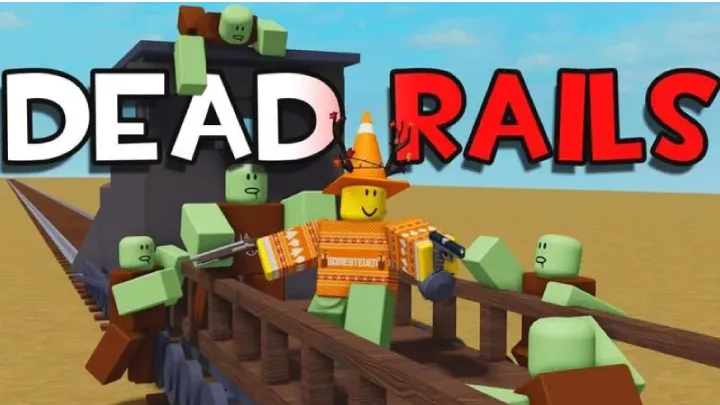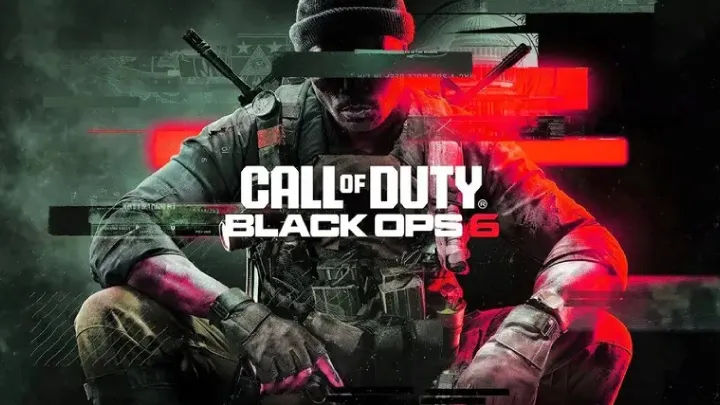The enigmatic mansion of Blue Prince is a labyrinth of shifting realities, hidden secrets, and profound architectural puzzles. For the uninitiated, its procedurally generated corridors and cryptic narrative can feel like an insurmountable challenge, a chaotic dream from which there is no escape. Yet, for the seasoned strategist, this is not a game of chance, but a masterpiece of logical deduction and meticulous observation. A true master understands that success in this grand mystery is not about brute force or luck, but about adopting a strategic mindset and approaching each new room as a critical piece of a larger, evolving puzzle. This comprehensive guide, authored from the perspective of an expert who has navigated its ever-changing halls, will provide you with the tactical framework and operational discipline needed to unravel its secrets and emerge as the master of the manor. We will transform your initial confusion into a well-organized, mission-critical approach to the game.
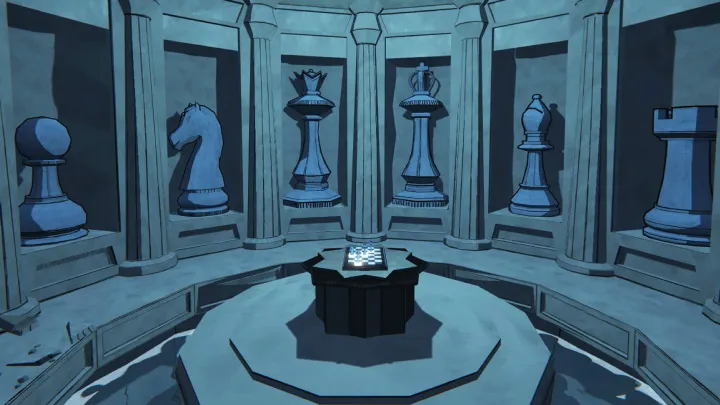
The Core Philosophy: The Architect's Mindset
A master player of Blue Prince operates with a distinct mental discipline. They do not merely "play" the game; they analyze and deconstruct it. Every action is purposeful, and every piece of information is a vital clue.
The first principle is to embrace the procedural chaos. The mansion's layout changes with each run, creating a unique challenge every time you play. An amateur sees this as a frustrating obstacle, but an expert sees it as an opportunity for discovery. Your goal is not to memorize a fixed map, but to develop a universal set of rules and a flexible approach that can be applied to any configuration. The master player thrives on adapting to the unknown, using their core skills of observation and deduction to make sense of the new reality.
Secondly, you must treat the mansion as a character. The house is not just a setting; it is an entity with a personality, a history, and its own rules. Every detail, from the placement of a key to the intricate patterns on a wall, is a form of communication from the house itself. The expert player engages in a constant dialogue with the environment, asking questions and meticulously noting the answers. Why is this room locked? Why does this painting feel out of place? Every architectural element, every piece of scattered debris, is a word in the mansion's cryptic language. Your primary weapon is not a sword, but your intellect.
Thirdly, you must prioritize information over progress. In the early stages, the temptation is to rush forward, to find the fastest path to the next room or objective. The expert knows this is a fatal error. True progress in Blue Prince is measured not in how far you’ve gone, but in how much you've learned. The most valuable resources are not items, but knowledge—the pattern of a recurring symbol, the function of a strange mechanism, the significance of a discarded diary entry. A master never leaves a room without first extracting every possible piece of information.
Part 1: The Foundational Walkthrough - The First Entry
Your first few hours in Blue Prince are a rite of passage. This is where you develop the foundational skills that will serve you throughout your journey.
Step 1: The Initial Survey. Upon entering a new room, take a moment to pause. Do not rush to the first interactive object. Instead, conduct a full 360-degree survey. Notice the lighting, the color palette, the state of the furniture, and any visual anomalies. Is the room pristine or derelict? Are there symbols on the floor or the ceiling? An expert player trains their eye to quickly identify anything that feels out of place or significant. This initial survey is your tactical reconnaissance.
Step 2: Methodical Interaction. Once you have surveyed the room, approach interactive elements with a systematic method. Do not simply click on everything. Instead, engage with objects in a logical order, perhaps clockwise from the entrance. When you find a note, read it carefully and take a mental note of its content. When you interact with a puzzle, observe its mechanics and the clues in its immediate vicinity before attempting a solution. Rushing into a puzzle without understanding its parameters will only lead to a dead end and wasted time.
Step 3: The Art of Mental Mapping. Even though the mansion changes, the expert player builds a dynamic mental map. This is not a physical map of the rooms, but a cognitive map of the mansion's logical flow. You should be able to recall the relationship between different types of rooms, the common locations of certain items, and the types of puzzles you encounter in specific areas. For example, if you find that a certain type of puzzle always appears near a library, you can use that information to your advantage in future runs. This mental map becomes your internal compass.
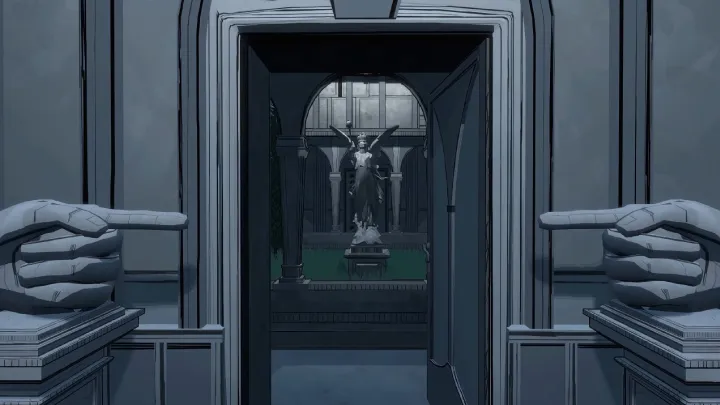
Part 2: The Puzzle Architect - Advanced Strategies for Problem-Solving
As you progress, the puzzles become more intricate, and the clues become more abstract. This is where the true strategic genius of a master is revealed.
A. Pattern Recognition: The Language of the House. The mansion's procedural nature is not completely random; it operates on a set of underlying rules and patterns. The expert player trains themselves to recognize these patterns. For instance, a series of seemingly random numbers might correspond to the number of books on a shelf in a nearby room. A sequence of symbols on a wall might correlate to the order in which you must interact with statues in a courtyard. This level of pattern recognition is what separates a novice from a master.
B. Information Synthesis: Weaving the Narrative Web. The most complex puzzles in Blue Prince are not contained within a single room. They require you to synthesize information from multiple locations, sometimes even from different floors or previous runs. The expert player maintains an internal log of all significant clues they've encountered—a specific date from a painting, a strange phrase from a diary, the order of colors in a stained-glass window. When they encounter a puzzle, they don't just look for local clues; they mentally cross-reference with their entire database of knowledge. This process of information synthesis is the key to solving the game's grand, overarching mysteries.
C. The Use of Exclusionary Logic. When faced with a puzzle that has multiple potential solutions, the expert player employs exclusionary logic. Instead of trying every possible answer, they use their clues to systematically eliminate the incorrect ones. If a clue points to the color "blue," they immediately eliminate all solutions involving other colors. This methodical process reduces the number of variables and allows them to arrive at the correct solution with greater speed and efficiency. It is the core of any professional's problem-solving toolkit.
D. The Narrative as a Clue. Blue Prince is not just a puzzle game; it is a narrative experience. The expert player understands that the lore and story are not just flavor text; they are a vital source of clues. A story about a past resident's obsession with a specific constellation might be the key to a star-based puzzle. A mention of a family member's favorite flower might be the hint to a coded combination. The expert player pays as much attention to the subtle whispers of the narrative as they do to the overt visual clues.
Part 3: The Mental Game - A Champion's Mindset
Beyond all the technical aspects, a true master has a disciplined and patient mindset. They do not get frustrated by failure; they learn from it.
A. Patience and Persistence. The journey through the mansion will be filled with moments of confusion and frustration. The expert player embraces these moments. They understand that a "failed" attempt is simply a data-gathering exercise. If a puzzle stumps you, do not give up. Take a break. Go back to a room you've already cleared and look for new clues. Sometimes, the solution to a puzzle is not in the room itself, but in a small detail you overlooked a hundred feet away.
B. The Power of Observation. This cannot be overstated. The expert player's greatest asset is their ability to see what others miss. They notice the slight shift in color in a tapestry, the barely-perceptible crack in a floorboard, the single book that is out of place on a shelf. They are not just looking; they are actively observing. They are not just listening; they are actively hearing. This heightened state of awareness is what allows them to solve puzzles that seem impossible to others.
C. The Mind-Map of Success. The expert player approaches Blue Prince with a mind-map, not a checklist. They are not just checking off rooms and puzzles; they are building a complex web of interconnected ideas and clues. They are constantly looking for connections, for patterns, and for the underlying logic that ties everything together. The victory is not just in solving the final puzzle, but in the profound satisfaction of having mentally constructed the entire mansion's intricate logic.
In conclusion, the journey to becoming a Blue Prince legend is a philosophical one. It is a moment for strategic preparation, meticulous observation, and a commitment to excellence. By following a professional approach, you can ensure that your path through the mansion is a journey of triumph, not frustration. A clean, smooth mind is the foundation upon which all future legends are built.









